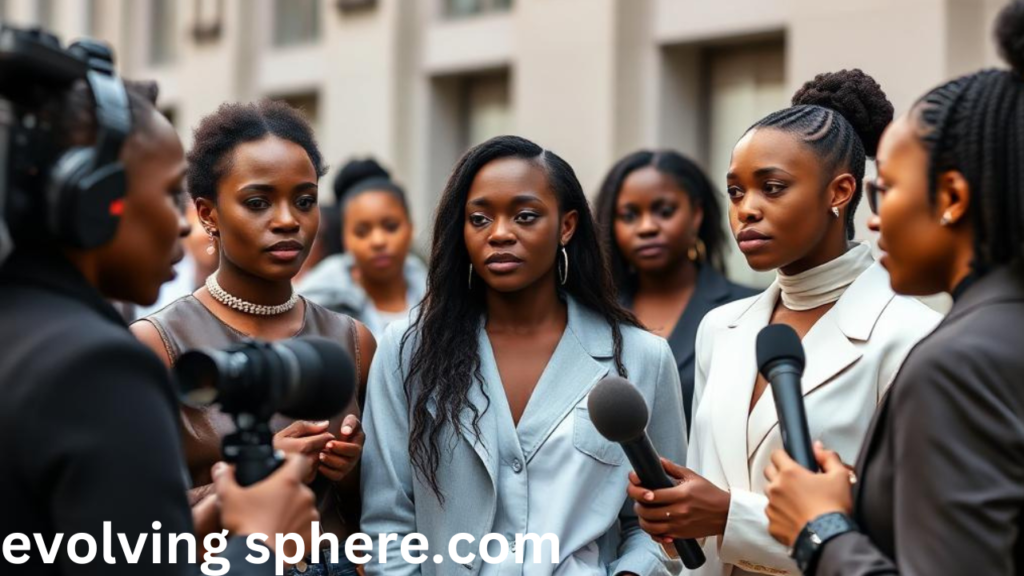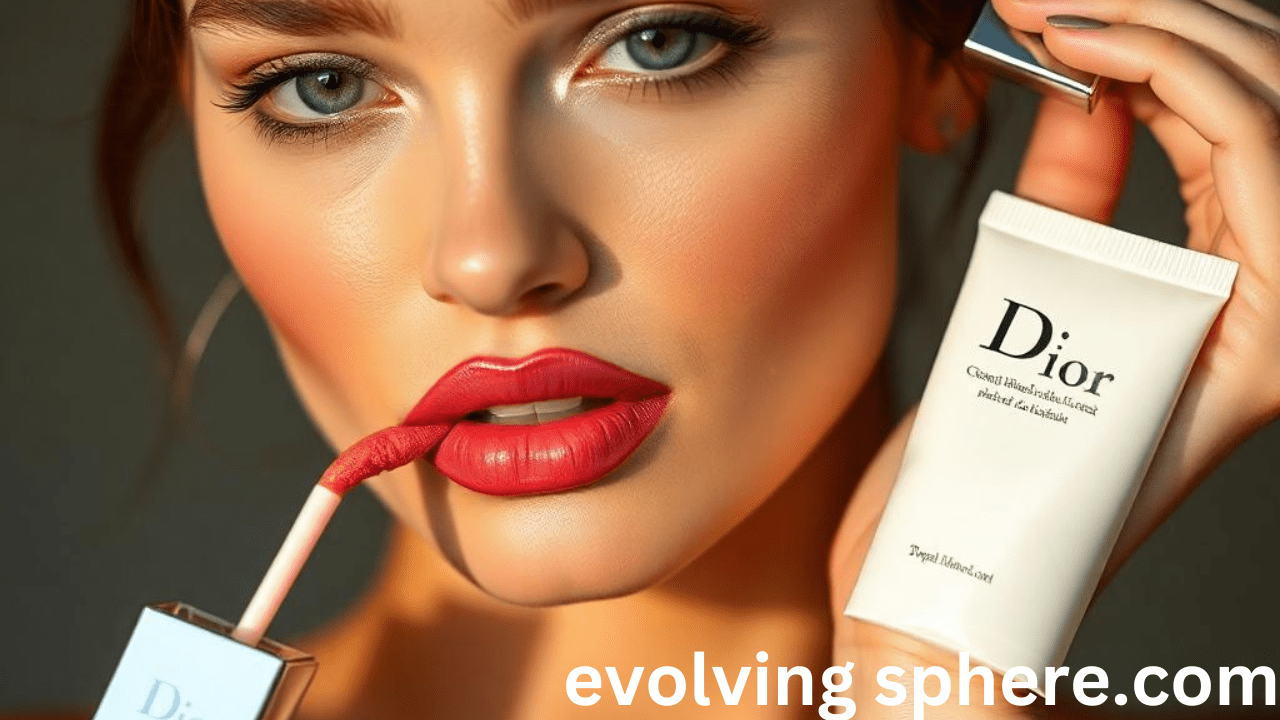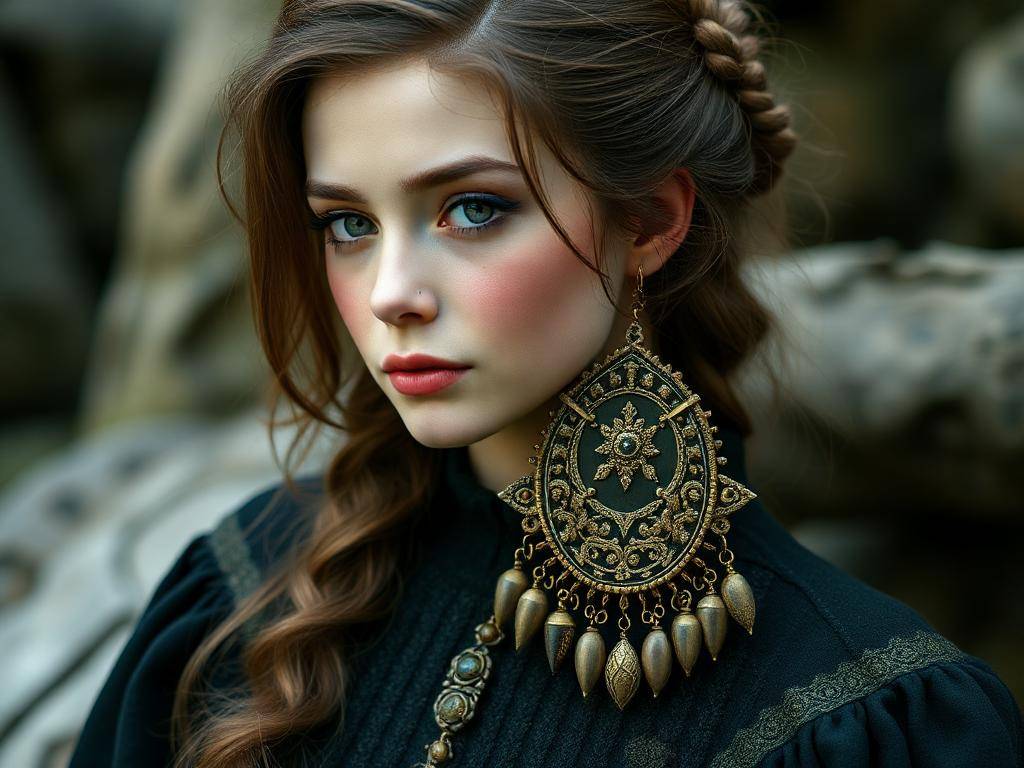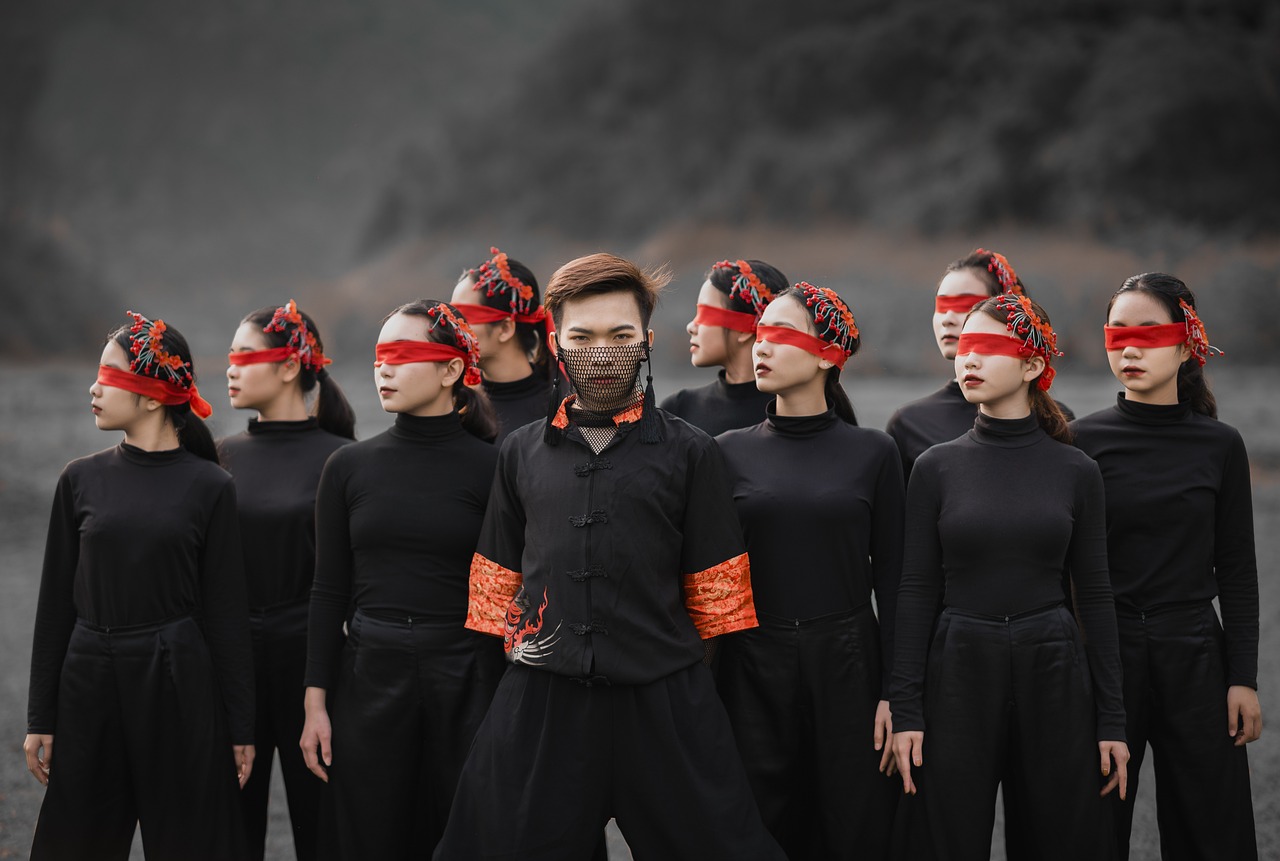For years, the evolution of Black models in the fashion industry has been a battleground for representation, particularly for Black models. Dominated by Eurocentric beauty standards, the industry now faces increasing scrutiny and pressure to embrace diversity. This blog post: The Evolution of Black Model’s explores the experiences of Black models, the challenges they face, and the progress being made toward a more inclusive and diverse fashion world.
Historical Context
The fashion industry has long marginalized Black models by upholding a narrow definition of beauty. Black bodies have often been associated with stereotypes and exoticism, reducing individuals to tokens rather than recognizing their unique identities. As model Kendra Austin explains, “the depiction of black bodies in fashion media is largely rooted in exoticism and fetish—and is, frankly, lazy.” This critique underscores a major issue: the industry’s tendency to portray only a limited spectrum of blackness.
The Struggle for Representation
Black model representation in fashion remains limited and problematic. Research shows brands often feature black models with narrow standards, prioritizing thinness and lighter skin tones. Cultural writer Nadaya Davis points out the failure to reflect the true diversity within the Black community. Even when more Black models appear in runway shows, they often fit a specific “acceptable” mold, reinforcing stereotypes and excluding those who don’t conform. High-profile fashion shows continue to struggle with equitable representation, often showcasing only Black models with ultra-dark skin and specific hairstyles, further marginalizing those who don’t meet these standards.
Many high-profile fashion shows still fall short of equitable representation. A study of runway shows found that while some brands include more Black models, they often feature only those who fit a specific “acceptable” mold—usually with ultra-dark skin and particular hairstyles. This practice reinforces stereotypes and marginalizes models who don’t conform to these narrow ideals.
The Impact of Representation on Consumers
Representation extends beyond the runway, directly influencing consumer behavior. Dr. Aurore Bardey’s study shows that people engage more with brands featuring models who share their ethnicity. This “racial congruency” proves that diversity drives both ethical and economic success.

Modifying Storylines and Dispelling Preconceptions
Brands like Savage X Fenty are redefining beauty by celebrating diverse sizes and skin tones through inclusive casting. This shift shows growing awareness that beauty goes beyond outdated standards. Social media, especially Instagram, empowers activists and influencers to push for genuine representation and challenge traditional norms.
The Role of Fashion Houses
Fashion brands set industry trends and have the power to challenge outdated beauty standards through diverse representation. Marc Jacobs, for instance, stands out for featuring a broader range of models than many competitors. But true inclusivity goes beyond numbers—it means authentically engaging with the stories and identities of those models. Without thoughtful portrayal, diversity can still perpetuate harmful stereotypes.
Looking Ahead: The Future of Representation
Consumers hold the power to shape the future of fashion representation by demanding genuine diversity. As awareness grows, brands must choose authenticity to stay relevant. Education in fashion marketing can equip future designers and marketers with a deep understanding of diversity’s importance. By embracing racial congruency, the next generation can build an industry that truly celebrates inclusivity.
Conclusion
The fight for authentic representation of Black models in fashion continues, pushing against systemic issues still rooted in the industry. Progress demands recognizing history, amplifying diverse voices, and holding brands accountable for true inclusivity. Only by respecting the rich tapestry of identities can fashion evolve into a space where every story matters and every model is celebrated.





